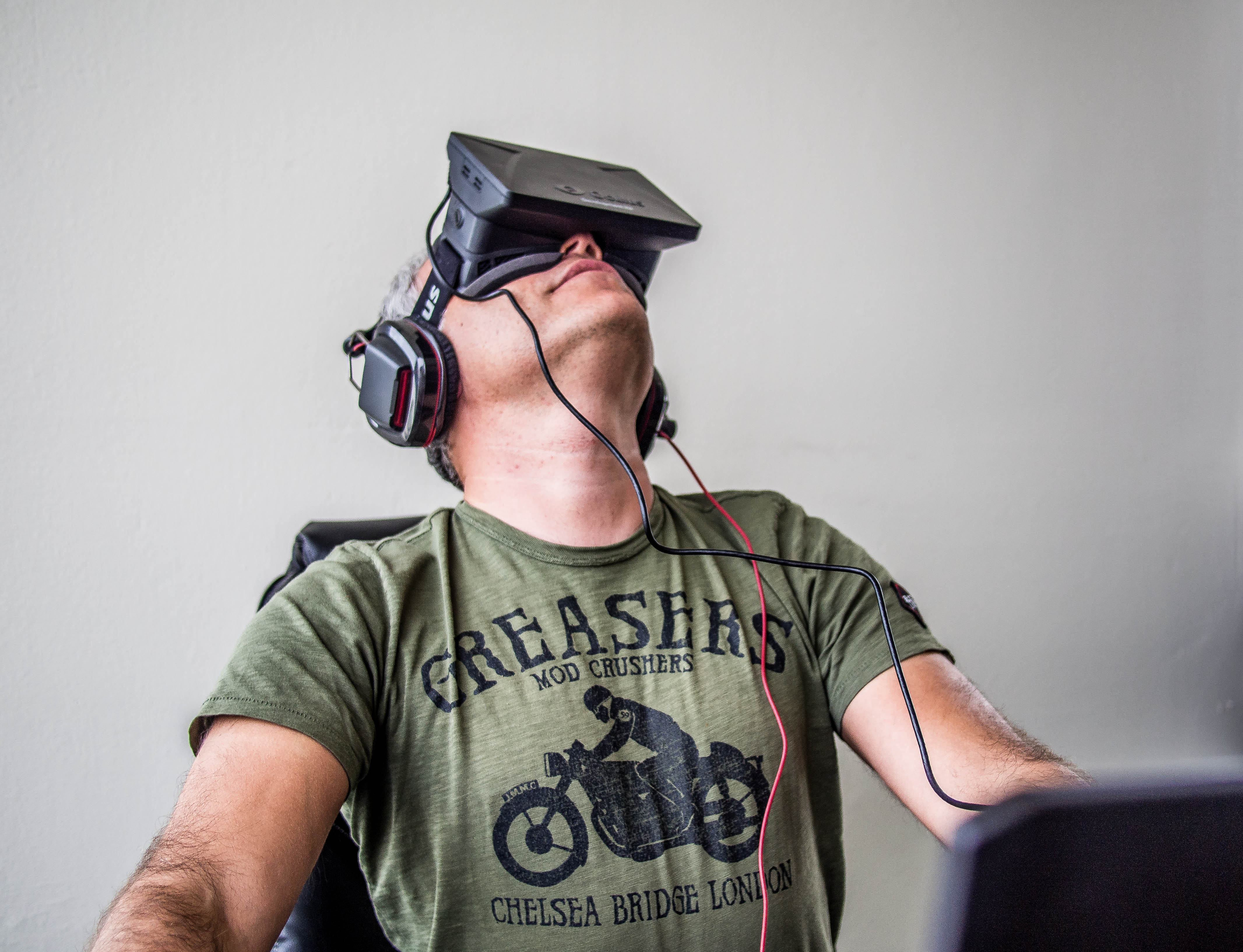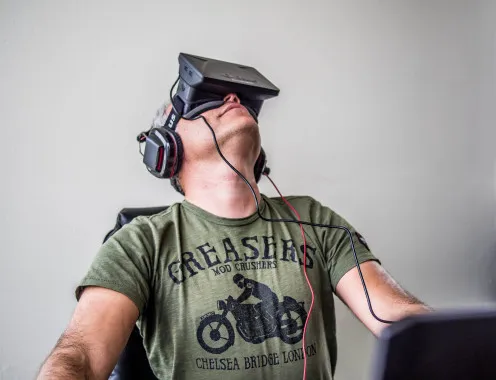Table of Contents

Going to school in the heart of Silicon Valley has its perks. If you put your ear close enough to the tracks, sometimes you get an idea of what’s coming your way before everyone else sees it. Sitting in the corner of my friend’s room, I felt something akin to what it must have been like for the first users of the iPhone–a genuine sense of awe at a technology that is going to change everything.
The Oculus Rift VR is a virtual reality headset that immerses gamers into a three dimensional world. Oculus was started by Palmer Luckey, a 21-year-old that Forbes magazine’s Thirty Under Thirty issue described as an “engineering prodigy.” It was designed to provide an affordable virtual reality hardware platform to gamers.
Oculus is both an amazing technology and a promising business. The startup has raised just under one hundred million dollars from brand name venture capital firms such as Andreessen Horowitz and Formation 8. They have also managed to attract the developer of “Doom” and “Quake,” John Carmack, as the chief technical officer. It is truly a classic Silicon Valley success story.
Late last year, the nascent company released a developer’s kit and distributed it to hardcore early adopters to build software applications for the hardware. I was lucky enough to get my hands on one and try it out. The results were incredible.
The software framework is difficult to navigate and requires scrolling through blogs and community websites, but once you get the product up and running the experience is truly exceptional. I went from being in a forest to being on a roller coaster to gently floating through space– all in the space of an hour. Each simulation was unlike any other technologically-induced reality I’ve experienced. Being able to look around at the stars while floating through space was awe inspiring and truly unique.
Oculus gives you the ability to look around you as if you were immersed in a real otherworld. The bifocal lenses simulate a regular field of vision and give you the illusion of interacting in three dimensions. Oculus also tracks the movements of your head in order to pair your gestures in the real world with those in the game. Your limbs are controlled using a keyboard. Although the developer kit has a pixelated interface and a latency lag which makes some activities dizzying, the experience is so unparalleled that these technical glitches seem marginal in the moment.
The consumer version is expected to have negligible latency and a high definition screen to allow for a significantly more realistic experience. This technology is going to take the gaming market by storm. In its effective beta mode it is one of the most amazing and unexpected technologies I have ever interacted with, and with solid management and an abundance of funding it can only get better.
It is no wonder that Gizmodo published an article entitled “I Wore Oculus Rift and Never Want To Look at Real Life Again”. Business Insider claimed that “Mere Words Can’t Do Justice.” Wired Magazine called it one of the “10 Best Gadgets at CES.” The accolades go on and on.
This is the future, and the implications are unfathomable. I could not help but ask myself what the future holds when reality will have to compete with such an attractive virtual reality. Oculus is the kind of breakthrough technology that forces one to dramatically reconsider the constitution of the future. I would strongly recommend using it if you get the chance.





